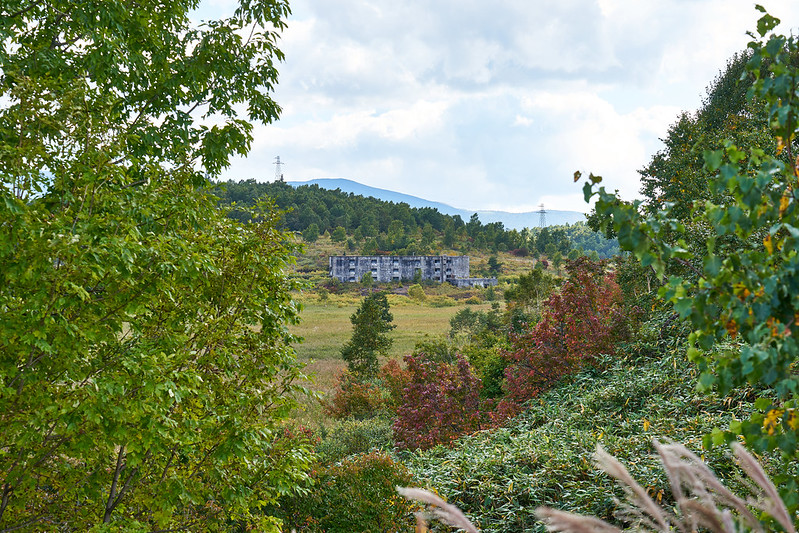
The Story of Matsuo Mine
Iwate Prefecture overlooks the Pacific Ocean to the east with rocky cliffs and sandy beaches along the shoreline. To the west of Iwate is Akita Prefecture that forms the highest points of the Ōu Mountains. Aomori Prefecture borders the northern side of Iwate while Miyagi Prefecture is to the southern part. The majestic cliffs of Iwate rise as high as 200 meters from sea level and mountain ranges soar as high as 2000 meters. Iwate’s immaculate landscapes are truly breathtaking.
Paradise above the clouds
In Iwate Prefecture there was a village called Matsuo and is now a part of the city of Hachimantai. Matsuo village was once called a “paradise above the clouds”, where an iron and sulphur mine located in the village once thrived. Matsuo Mine opened in 1914 in the Hachimantai Plateu in Ōu Mountains of central Honshu. The area was known for being volcanic and had an abundance of sulphur deposits but it was in a remote place and quite difficult to transport anything that was mined. In 1882 local villagers discovered iron pyrites in the area and in 1911 a Yokohama-based trading company, Matsuda-ya, began a modern mine development at 3,000 feet at the base of the peak of Higashi-Hachimantai. In 1934, the Japanese Government Railway Hanawa Line was extended close to the mine called Ōbuke Station.
Video footage of Matsuo Mine
Matsuo Village was built to house the working population of sulfur miners. Concrete apartment complex housed about 15,000 people and was considered to be luxurious accommodations at the time with central heating, flushing toilets and garbage chutes. The “clouds” describe the fog that often surrounds the Matsuo Village, making the town literally disappear amongst the dense fog.
A thriving sulphur mine
Matsuo Mine once accounted for 30% of Japan’s Sulphur production and 15% of its pyrite, boasting of having the highest production in the entire Asian continent. Matsuo Mine was the third largest mine in Japan in the 1950’s of ore and Sulphur. In the 1960’s, the demand for sulphur decreased compounded with the production of low-cost sulphur as a byproduct of oil refining and the widespread availability of cheap imported iron ore caused the economic decline of the mine.
In 1969, the company inevitably went bankrupt leaving the residents with no purpose and no jobs. The mine eventually closed in 1972. The 11 buildings that was once thriving with life was left to decay. The village of Matsuo was abandoned with not a soul in sight. The village, complete with its machinery, apartments and school gives off an eerie post-apocalyptic vibe much like a ghost town. Remnants of the lives once lived in the abandoned mines of Matsuo.
